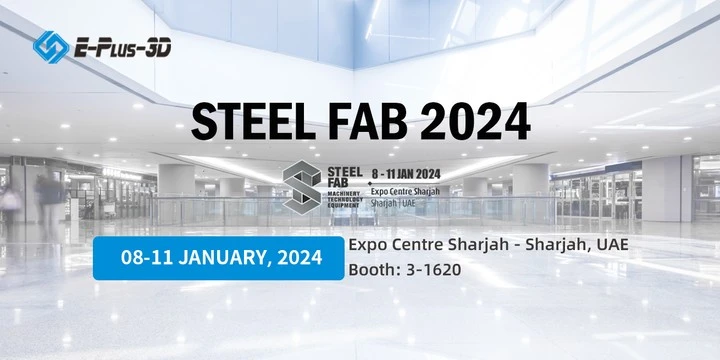With the improvement of 3D printing technology, more and more objects can be completed by 3D printing. As of January 2013, these 3D printed products are small objects. However, the potential of 3D printing is far more than just producing DIY household items. In fact, this technology can even completely subvert the traditional construction industry.

The material used in the 3D printing building is a concrete material reinforced with special glass fiber, and its strength and service life are much higher than that of reinforced concrete.
Its raw materials are mainly construction waste, industrial waste and mine tailings. The other materials are mainly cement and steel bars, as well as special additives.
The initial manifestation of 3D printing entering the construction industry is architectural models. This type of model is either used to show customers the style of the house, or placed in the home as a work of art. Compared with traditional building construction methods, 3D printing technology has the following advantages:
1. The structure is formed as a whole, and the integrity, safety and durability of the building are greatly enhanced.
2. Tailored according to the actual needs of users.
3. High precision and suitable for the construction of complex shapes.
4. No template is needed, saving a lot of on-site personnel.
5. Unmanned and few-person construction to adapt to harsh environments.
6. The construction speed is fast.
7. Local additive treatment.

Reinforced concrete theory and modern construction technology have caused earth-shaking changes in the world in the development time of more than 100 years. Skyscrapers are rising from the ground, bridges, tunnels, and subways can be seen everywhere. We believe that the era of 3D printing architecture is coming. It will definitely bring us unexpected changes. A sentence from John Palutan, honorary director of the Copenhagen Institute for Future Studies, is worth thinking about: Our society usually overestimates the possibilities of new technologies, but at the same time underestimates their long-term development potential.

























